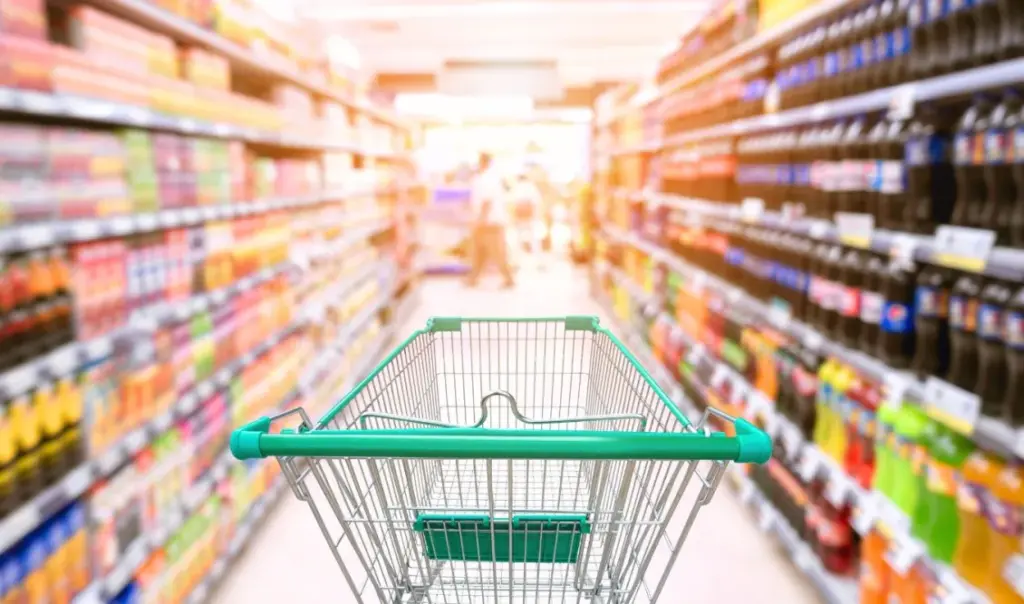Prices of products on supermarket shelves showed a decrease of 0.35% in June 2025 compared to May of the same year, according to research by the Institute for Research on Retail Consumer Goods (IELKA). Specifically, the research showed that inflation in major supermarket chains was +1.78% in June 2025 compared to June 2024, down from 2.47% in May 2025. Additionally, it is noted that compared to the previous month, prices showed a small decline of -0.35%. Overall, during the period from July 2024 to June 2025, prices remained almost unchanged, recording an increase of just +0.25%.
IELKA: Where the biggest decreases and increases are recorded
At the same time, the first half of 2025 generally recorded mild inflationary pressures (1.13%), which are attributed to international increases in raw materials (cocoa, meat, coffee).
- Largest price decreases in June 2025 compared to June 2024 were recorded in the categories: detergents and cleaning products (-8.28%), grocery foods (-5.40%), paper goods, cosmetics & personal hygiene items (-3.13%), appetizers, spreads and other servable items (-2.72%), pet food & supplies (-0.52%).
- Largest increases in June 2025 compared to June 2024 were recorded in the categories: fresh meat (+10.80%), biscuits, chocolates, confectionery (+10.19%), fresh fruits and vegetables (+7.55%), frozen foods (+2.74%), dairy products and refrigerated juices (+2.22%).
According to IELKA, the largest decreases were recorded in detergents and cleaning products and grocery foods due to the de-escalation of olive oil prices. Regarding increases in fresh meat, this is a development that is attributed first to the reduction in livestock in 2024, due to animal diseases in most provincial areas, and second to increases in international prices for imported products, especially beef (it is noted that the majority of beef and pork consumed in Greece is imported).
At the same time, international prices of cocoa and coffee certainly affect the categories of sweets and beverages. The increases in fresh fruits and vegetables are related to weather conditions with lower temperatures in 2025 compared to 2024, as the much higher temperatures in 2024 had brought the production of summer products much earlier, lowering prices for the season.
Reasons for price restraint
The reasons, according to IELKA, for the broader trend of price restraint for products in supermarkets are:
- Inflation de-escalation. Prices have shown restraint over the last eighteen months in large food stores due to the large volumes of products they handle, economies of scale, their organizational-technological readiness, and private label products.
- Government institutional interventions. Supermarket chains operate within a strict institutional framework. It is noted that in March, the new code of conduct for promotional activities was implemented.
- Offers and discounts. Offers and discounts in the organized retail channel are greater in number, intensity and percentage discount, which affects the final prices of products.
- High inventory turnover rate. Price restraint appears much faster in large retail outlets due to higher inventory turnover rates. That is, they move their inventory faster and make new purchases more quickly to replenish stocks.
- Impact of private label products. Private label product sales shares are larger in major supermarket chains, due to a wider range of product codes, while they have recorded growth over the last two years.




